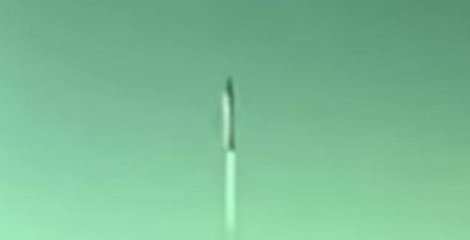With an aim to succor scientists to study micro-gravity and space life science, China has successfully launched a retrievable scientific research satellite “SJ-10″.
- The bullet-shaped probe was put into space by Long March 2-D rocket from the Jiuquan Satellite Launch Center in northwestern China’s Gobi desert.
- It is the second of four scientific satellites under a CAS space program and is returnable.
 Before returning to earth with results, it will house 19 experiments comprising of microgravity fluid physics, microgravity combustion, space material, space radiation effect, microgravity biological effect and space biotechnology.
Before returning to earth with results, it will house 19 experiments comprising of microgravity fluid physics, microgravity combustion, space material, space radiation effect, microgravity biological effect and space biotechnology.
Here are the on-board experiments of the satellites:
- Early-stage development of mouse embryos in microgravity – It will shed light on human reproduction in space
- Soret Coefficient in Crude Oil experiment – This experiment is in partnership between the National Space Science Center, under CAS and the European Space Agency (ESA) which will investigate the combustion of coal and pollutant formation under microgravity.This will help scientists to understand oil reservoirs buried kilometers underground, which will further help in the enhancement of energy efficiency and cut emissions.
- Radiation effects – To study space radiation effects on genetic stability of fruit flies and rat cells.
All tests directed on SJ-10 are totally new ones that have never been done either at China or abroad.
AffairsCloud Recommends Oliveboard Mock Test
AffairsCloud Ebook - Support Us to Grow
Govt Jobs by Category
Bank Jobs Notification




